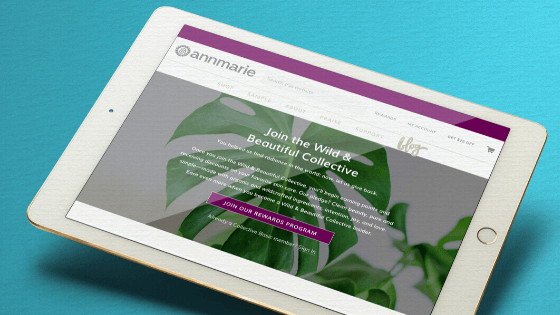Customer loyalty vs brand loyalty is a conundrum that has faced many businesses. These two terms are often used interchangeably. But, they are really two distinct concepts that overlap from time to time.
Let’s have a look at brand loyalty and customer loyalty and understand why each one is important for your business and how you can make them work for you.
What is customer loyalty?
In a nutshell, customer loyalty is a customer’s willingness to repeatedly return to do business with you because of the goodwill that has been built up by experiences in the past. And, as it costs five times more to bring in new customers than it does to retain customers. Clearly, customer loyalty matters.
Customer loyalty is how often someone spends with you. It’s about average order value (AOV) and customer lifetime value (CLTV). Essentially, the measurable levels of customer engagement and retention.
But, it can also be about how much someone talks about you. It can be measured by how many reviews you’ve got, how much social proof and UGC your customers create and how often customers refer others to your brand.
What is brand loyalty?
Brand loyalty is an uncomplicated concept but can be difficult to nail down in practice. Compared to customer loyalty, brand loyalty is more about emotional connections and an attachment to your brand.
Apple is the prime example of leveraging emotional marketing to hook customers. They have created a following by making product releases an event and fostering a sense of mystery.
Unfortunately, brand loyalty can be difficult to measure as it is not as tangible as the results of customer loyalty.
At the end of the day, it’s all about whether customers trust you. 80% of customers want to know they can trust a brand to use their data in a helpful way for them to be loyal to it.
When your brand loyalty is on top form it means that your store, wherever it appears, is instantly recognizable and can be closely associated with your service or product.
So, what is the relationship between customer satisfaction and brand loyalty?
Although both have different factors that distinguish them, the two ideas are intertwined. Customer engagement and brand loyalty influence one and other. Next, we’re going to focus on how they influence each other and how to make the most of both of them.
How does brand loyalty influence customer purchasing decisions?
The degree brand loyalty influences customer purchasing decisions is determined by how much the shopper feels they’re aligned with your brand.
If your brand image is unmistakable it will be the first thing a customer thinks about when they need your product. This highlights the need to establish brand alignment.
Then, brand image and customer loyalty are inextricably linked. 68% of customers say they’re motivated to return to a brand if they know it aligns with their values. If they feel aligned, they’ll return and spend more – upping your retention rates and CLTV.
How can we satisfy customers and build brand loyalty?
The relationship between customer satisfaction and brand loyalty is integral to formulating both marketing and business strategies.
You need to give your customers value for shopping with you. If they could get the same product or service somewhere else at a lower price why should they choose with you?
This is why customer satisfaction must be a high priority. Alongside providing value for money you need to give them an enjoyable shopping experience that goes beyond just the products you offer. 62% of companies will invest to meet the changing desires and needs of the customers.
How to retain customers and build brand loyalty
Rewarding customers for completing actions or making purchases makes them feel positively towards your brand and builds their loyalty to you. It means you have given them value.
You can achieve this by setting up a customer loyalty program. For example, Boody gives customers 1 coin per $1 spent. And it works too. Since they began their customer loyalty program they have seen a 25% increase in customer spend. Access our full case study on Boody.
We are so pleased to have worked with LoyaltyLion to create our first-ever rewards program, The Goodness Corner. Not only have we seen an uplift in sales, traffic, social media followers and our database, but the team at LoyaltyLion was easy to work with and provided us with all the support we needed.
Shaun Greenblo, CEO at Boody
The more you engage your customer base with programs and tailored content the more likely they are to feel valued.
A loyalty program also allows you to give your shoppers a VIP experience that goes beyond just the products you offer.
For example, Annmarie Skin Care uses a loyalty program to create a community around its brand. Customers are welcomed into a Facebook Community. They also give their members exclusive perks such as invites to Face Yoga Live demonstrations with experts and early access to sitewide sales.

This approach to complimentary gift packages and community-oriented experiences is an effective way to make customers feel valued.
Offering a variety of perks outside your base products is a great way to build up customer engagement and, ultimately, brand loyalty.
Takeaways
By paying attention to your customer’s needs and wants, you’ll be rewarded. Tailoring your online brand and practices to retain customers and build loyalty is a big part of this.
As we have seen, customer loyalty and brand loyalty are two closely related concepts. Both of them deserve some level of focus if you are looking to create a brand that inspires interest and keeps customers coming back for more.





